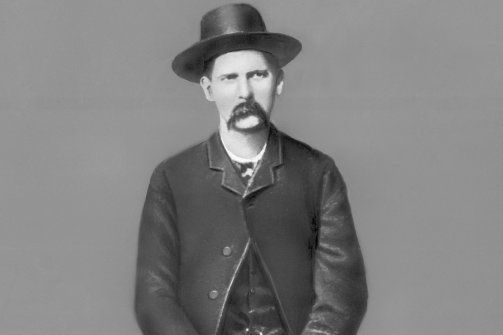
© Bettmann/CorbisWyatt Earp, circa 1882.
Eighty-five years ago in Los Angeles, the Western lawman Wyatt Earp, who participated in an infamous gunfight in Tombstone, Arizona, in 1881, met with an aspiring screenwriter, Stuart Lake, and began to dictate his memoirs. Four years later, Lake sold the screen rights to Earp's story to Fox, and the first of what would be dozens of Earp films went into production.
By now, most Americans have learned what they know of Wyatt Earp from the screen. Older viewers may have first learned of Earp in 1957 from
Gunfight at the OK Corral, which starred Burt Lancaster, or, between 1955 and 1961, from the ABC television program The Life and Legend of Wyatt Earp, starring Hugh O'Brian. Younger Americans know Earp from 1993's Tombstone, with Kurt Russell as Earp, or 1994's Wyatt Earp, starring Kevin Costner. Harrison Ford is reportedly planning to play Earp in a film adaptation of the 2007 novel
Black Hats.
Over the decades, film and television has told a consistent narrative about Earp. According to the screen, he reluctantly pinned on a badge and was drawn into the Tombstone gunfight because of his sense of duty, his unshakable commitment to law and order, and his loyalty to his brothers, also lawmen. After the gunfight resulted in the deaths of three cowboys, the dead men's allies exacted their revenge on the Earps by shooting two of Wyatt's brothers in the back, killing one and crippling the other. Despairing of bringing the men responsible to justice in the frontier courts, Earp, wearing a deputy U.S. marshal's badge, hunted down and killed some of the men he deemed responsible.
Some screen treatments admit some flaws in Earp's character, yet all of the films condone Earp's vigilante killings. Justice, in this view, is found not in fickle courtrooms, but in the character of stalwarts such as Earp, who possess an innate sense of law and order. It is a view that suggests, to paraphrase Mao, that justice grows out of the barrel of a gun.


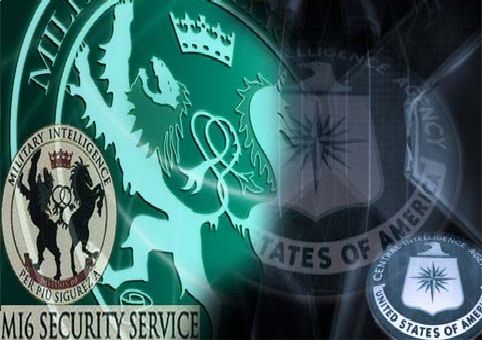
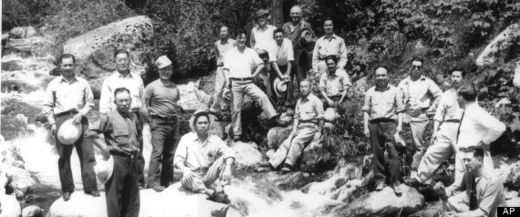
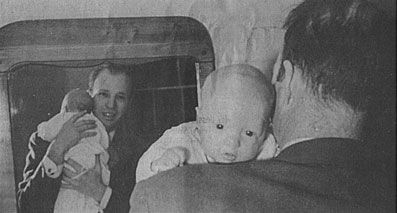
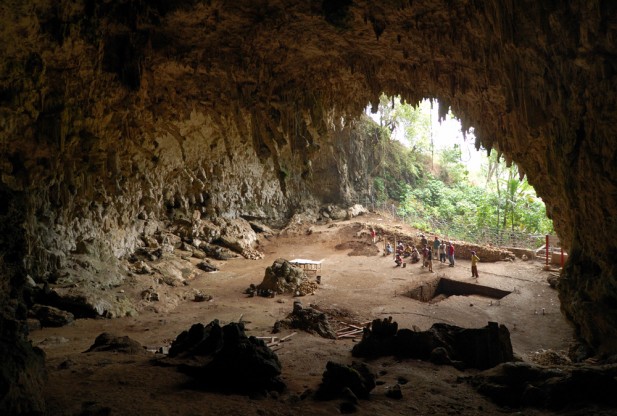




Comment: This certainly puts those reports of British-German collusion before and during World War 2 one giant leap closer to reality...